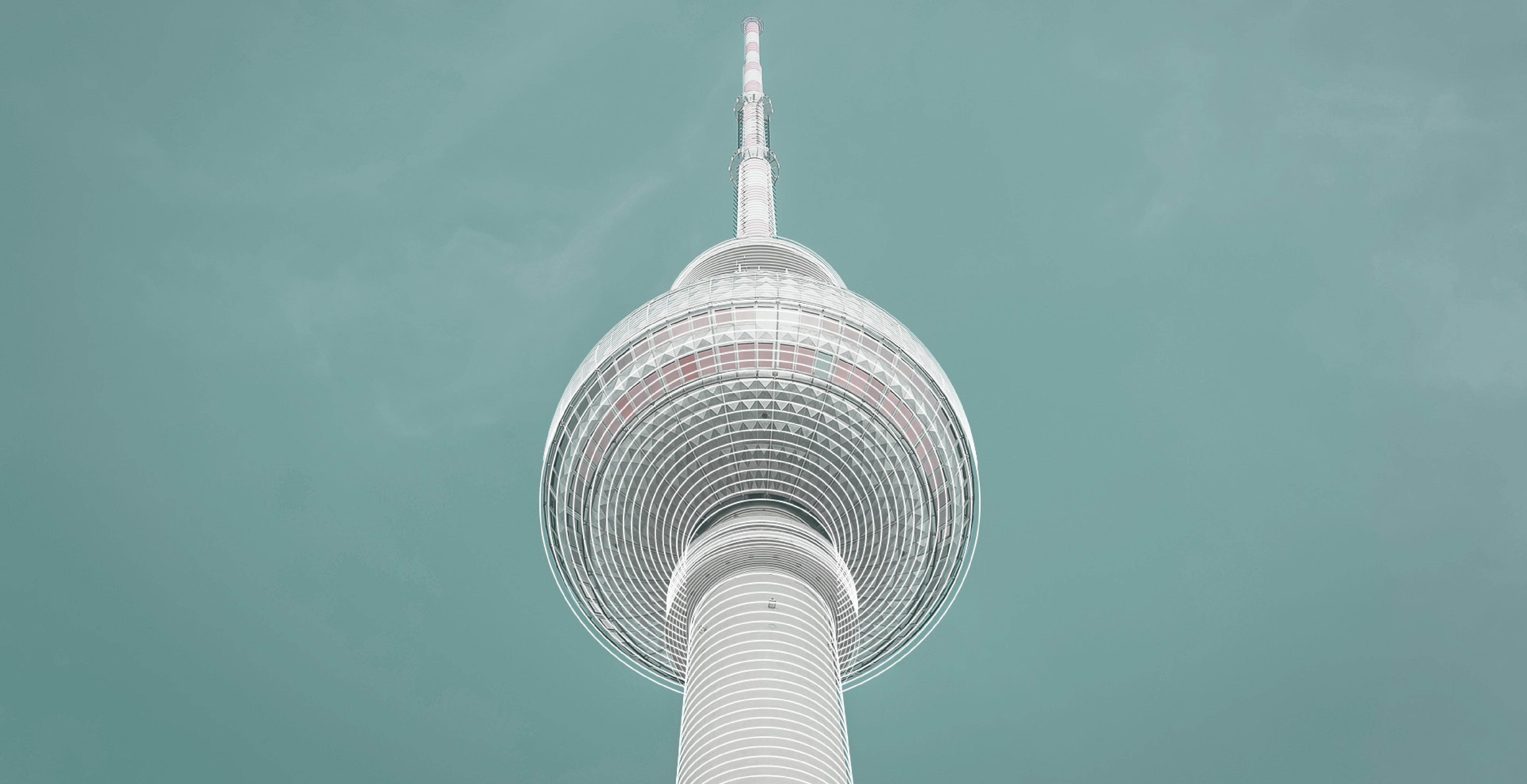
 back
back
Article Patent Law | 04/10/23 | 3 min. | François Pochart Pierre-Olivier Ally
In the case No C-473/22 between Mylan and Gilead, the Advocate General analysed the Finnish strict liability regime primarily in the light of the lessons arising from the Court of Justice's judgment in Bayer v. Richter of 12 September 2019[1] (the "Bayer" judgment), in which the Court would have apparently gave a "more precise meaning" with respect to the scope of the right to compensation / redress pursuant to Article 9(7) of Directive 2004/48/EC on the Enforcement of Intellectual Property Rights.
As a reminder, Gilead had obtained a preliminary injunction, which was subsequently overturned following a decision which revoked the intellectual property right on the basis of which Gilead had sought injunctive relief.
According to the Advocate General, the Bayer judgment should be construed as meaning that the national courts must examine all the circumstances of the case in order to assess whether appropriate compensation should be ordered under Article 9(7) if the interim measures obtained have been obtained unnecessarily[2]. In particular, the Advocate General's Opinion states that the repeal of provisional measures or the finding of no infringement or threat of infringement of an intellectual property right cannot, by themselves, constitute evidence of the unjustified nature of the claim, but only an indication of abuse by the claimant. Hence, a strict liability regime relating to the liability of an applicant for provisional measures would be incompatible with the spirit of Article 9(7) of Directive 2004/48.
In the light of the foregoing, we can therefore imagine, for example, that it could be relatively difficult for the injured party to be compensated by a patentee in the event that this patentee had won a preliminary injunction after having seen his title validated by the EPO Opposition Division, but subsequently annulled by a Board of Appeal or a national court...
Lastly, it should be noted that the compensation scheme provided for in Article 60(9) of the Unified Patent Jurisdiction Agreement and Rule 213 of the UPC Rules of Procedure seem to be in line with the Advocate General's conclusions.
We will make sure to let you know about this long-awaited ruling by the Court of Justice in due course, and in order provide a clear answer to the question in the title of this article.
